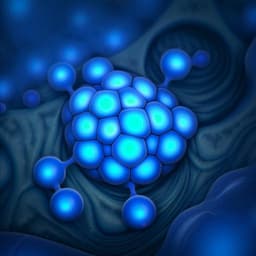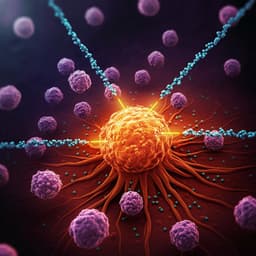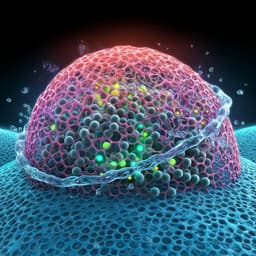
Medicine and Health
Exosome-coated oxygen nanobubble-laden hydrogel augments intracellular delivery of exosomes for enhanced wound healing
X. Han, C. Saengow, et al.
Discover a groundbreaking strategy to enhance wound healing, developed by Xiaoxue Han, Chaimongkol Saengow, Leah Ju, Wen Ren, Randy H. Ewoldt, and Joseph Irudayaraj. This innovative approach combines oxygen nanobubbles coated with exosomes from adipose tissue-derived stem cells, embedded in a self-healing hydrogel, demonstrating remarkable improvements in wound recovery.
Playback language: English
Related Publications
Explore these studies to deepen your understanding of the subject.







